Autumn Colors and Aphids
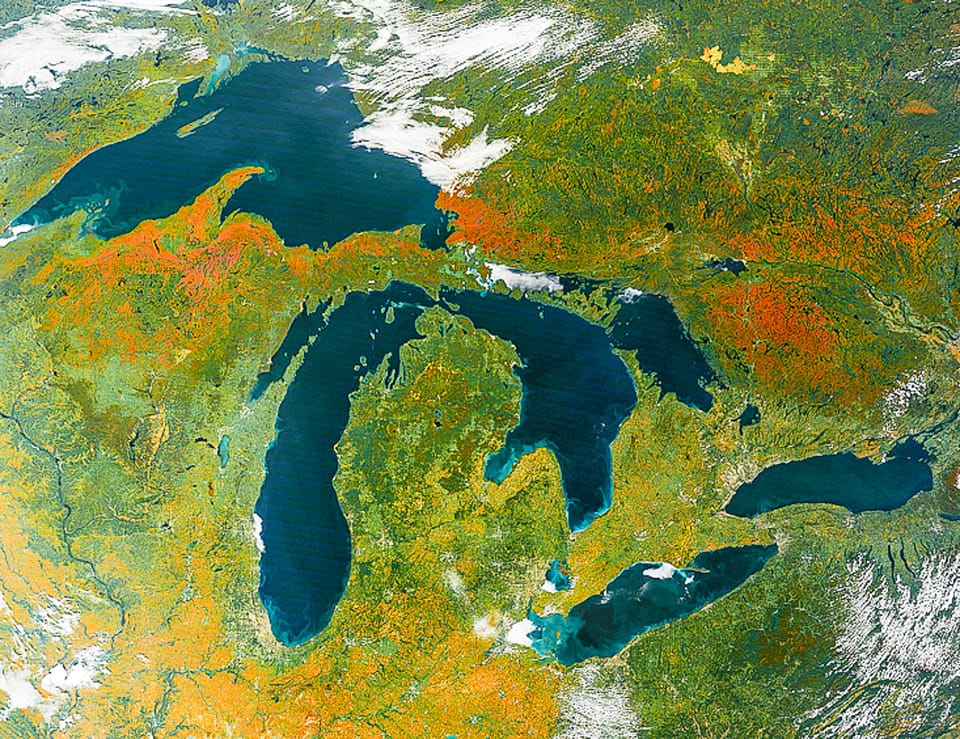
We think of autumn colors as a passive change that simply happens each fall, but two scientists in 2001 made the provocative proposal that trees instead turn color as a way of signaling to aphids.
The Tree
Autumn is a critical time for trees. They have spent all spring and summer gathering scarce nutrients and using these as building blocks for a huge number of leaves. But icy winters wreak havoc on unprotected plant tissues so deciduous trees must drop their leaves before winter begins.
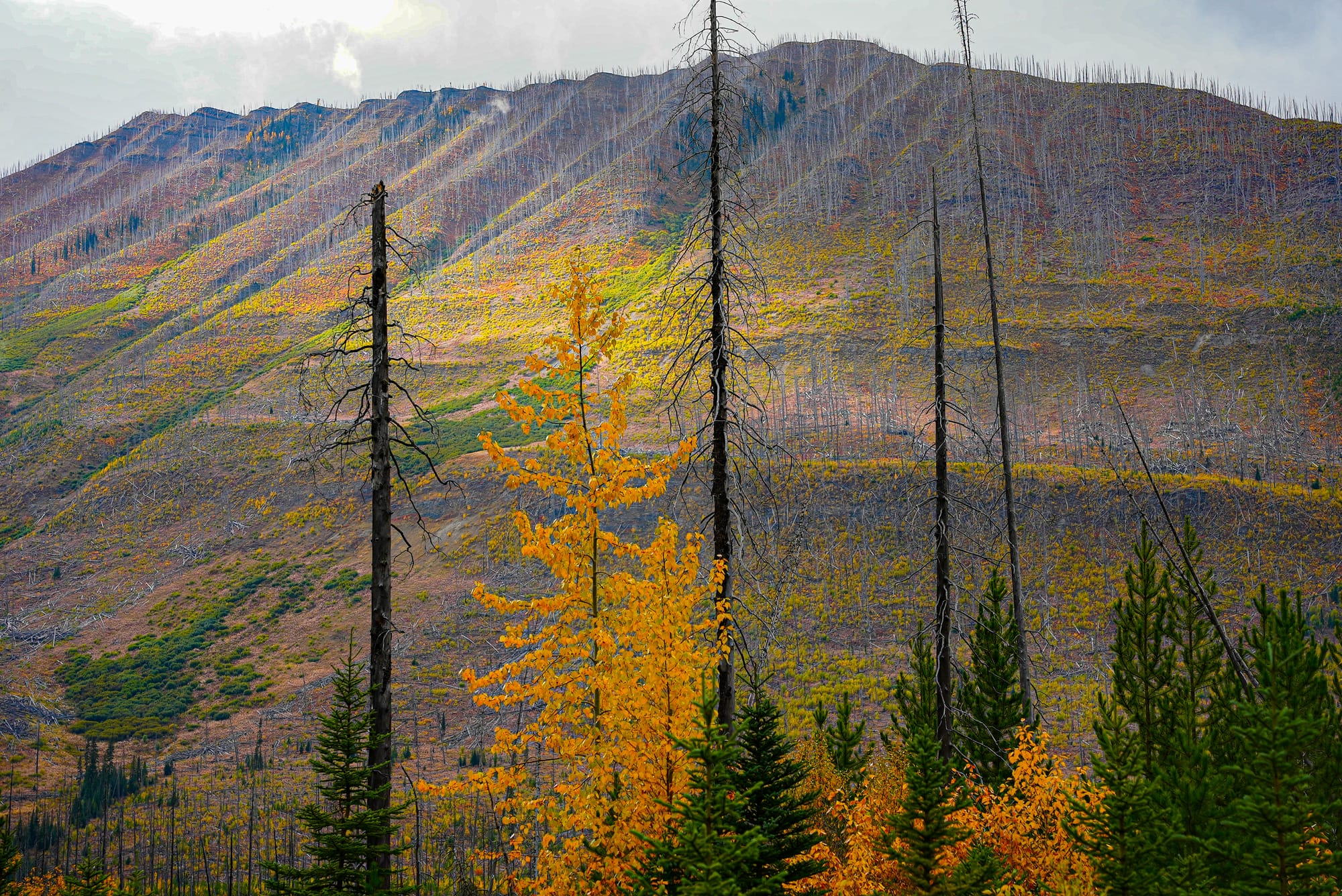
However, leaves don't simply die but instead undergo a complex and carefully orchestrated dance whereby a choregraphed sequence of genes are activated to create enzymes that break down green chlorophyll molecules.
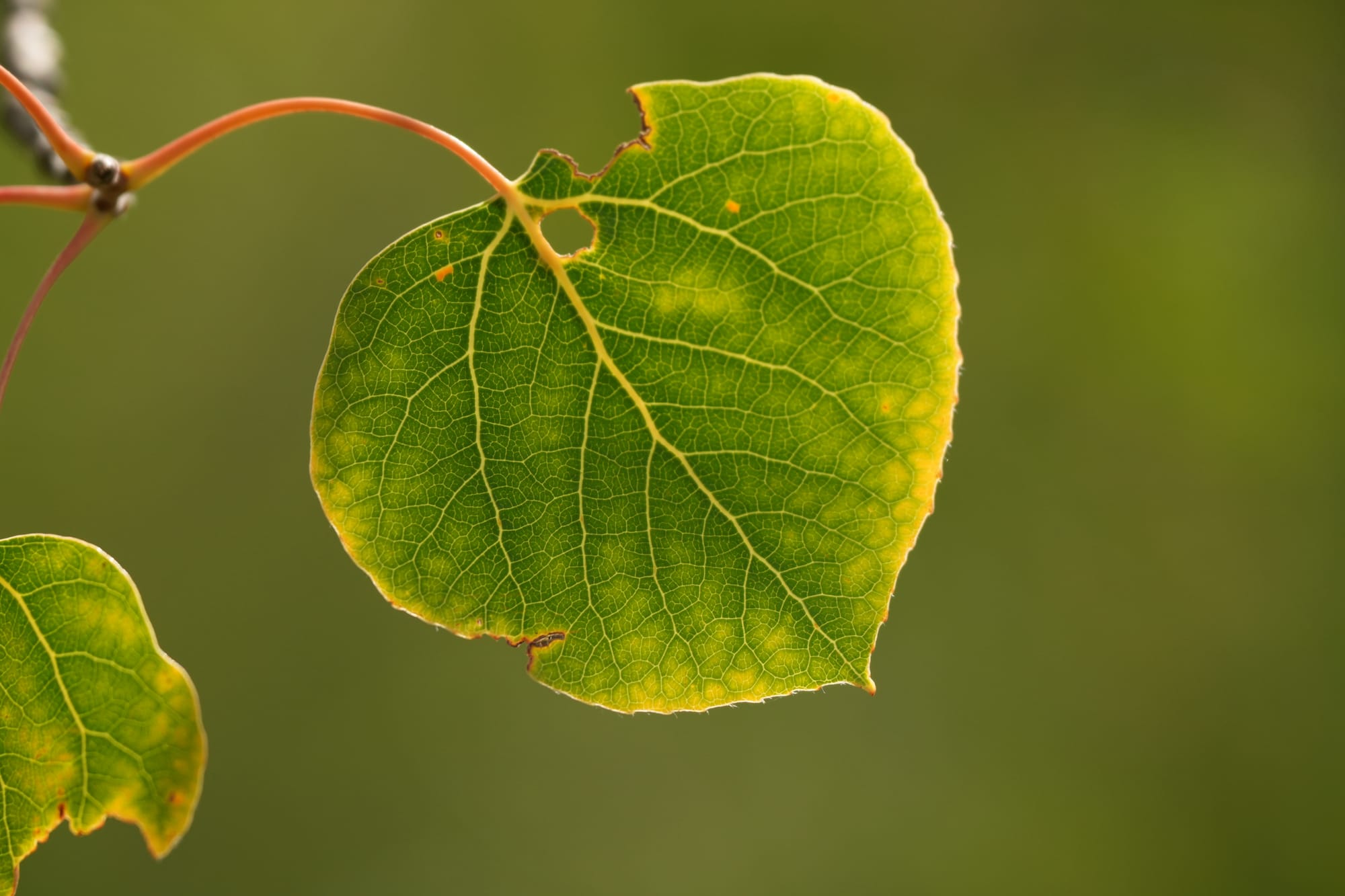
The tree's goal is free valuable nutrients that have been locked up in chlorophyll molecules and leaf tissues, then mobilize and move these critical resources to winter storage sites in branches, stems, and roots. Properly completed, nearly all of the nutrients in a leaf, and especially its most valuable nitrogen, will be removed from the leaf before it falls to the ground.
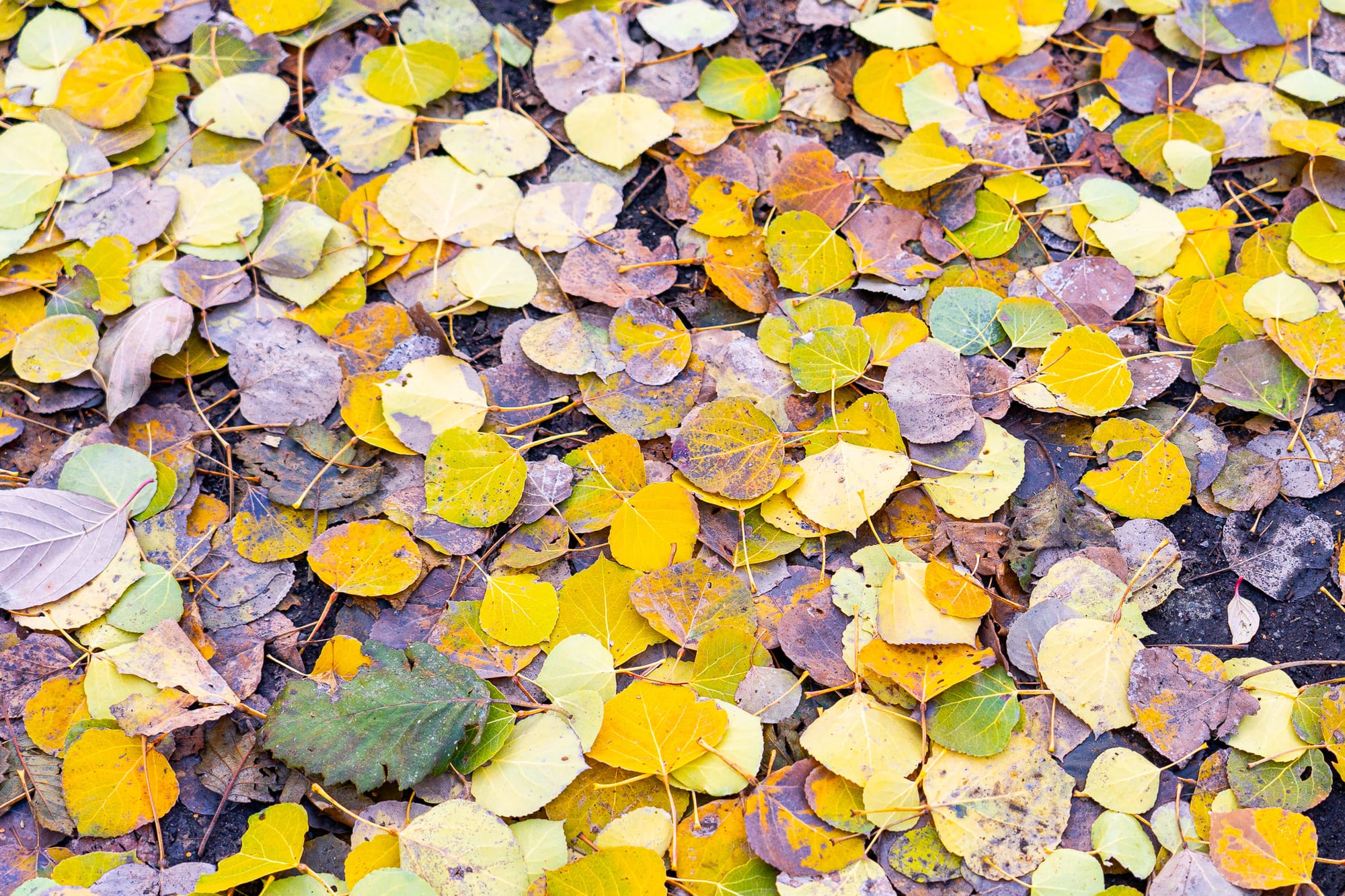
Timing is everything because if a tree breaks down its chlorophyll too early it will miss valuable days of photosynthesizing, but if it waits too long then frost and ice will prevent it from mobilizing its resources in time.

The Aphid
You know aphids from our garden and ornamental plants, especially if you have masses of aphids damaging your plants. In fact, aphids have prolific numbers of offspring, and a single female can produce 6 million young over the course of a summer. And aphids can have a big impact because they carry plant viruses and stunt plant growth, and large numbers can reduce a plant's bulk by two-thirds.
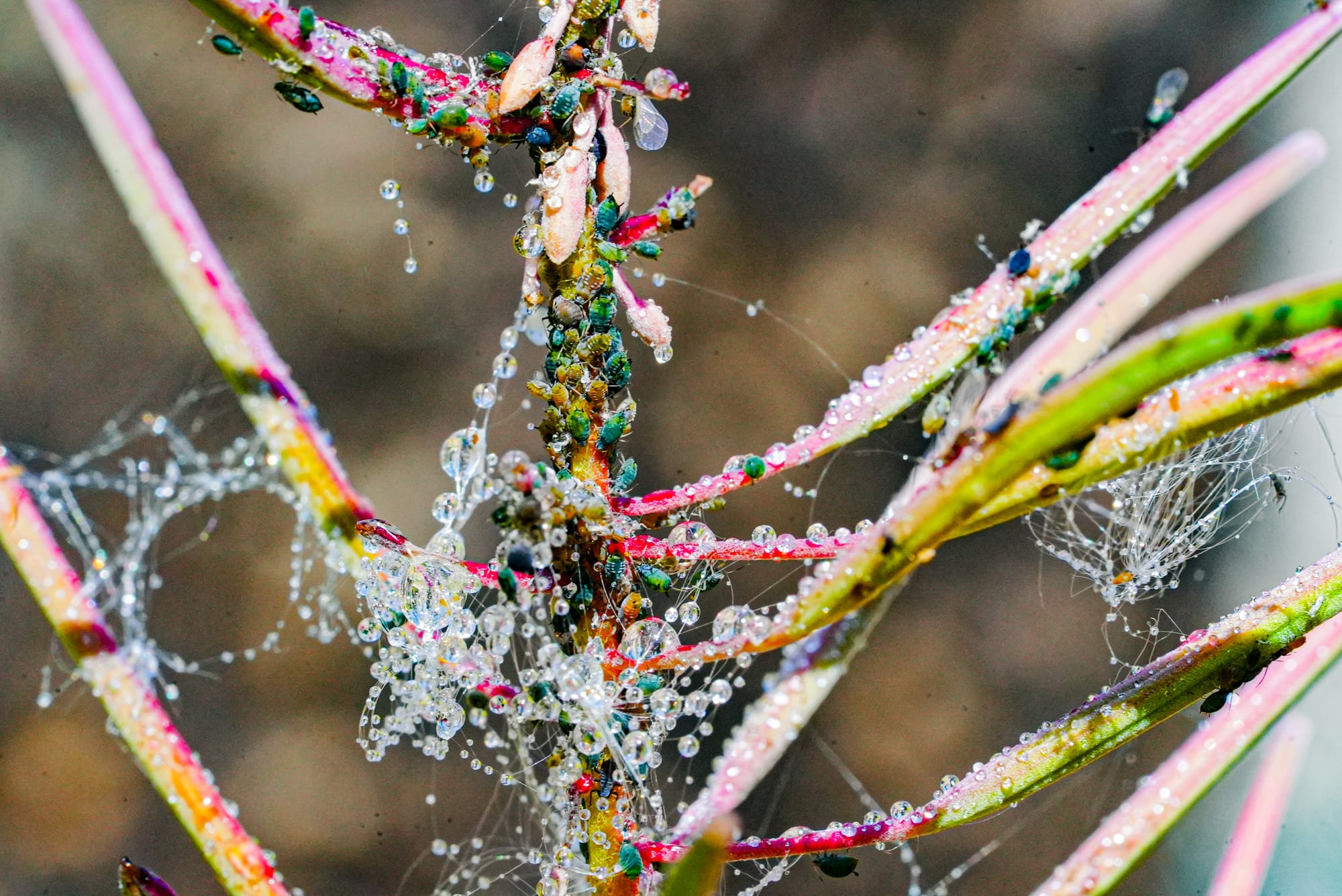
Aphids have a variety of lifestyles, but many common species spend their summers infesting herbaceous plants (where we're most likely to see them), then in the autumn they produce a new generation of winged females that fly off in search of trees. Once they find a suitable host tree, these winged females then produce a clutch of wingless males and females that mate and lay eggs that will overwinter on the tree.
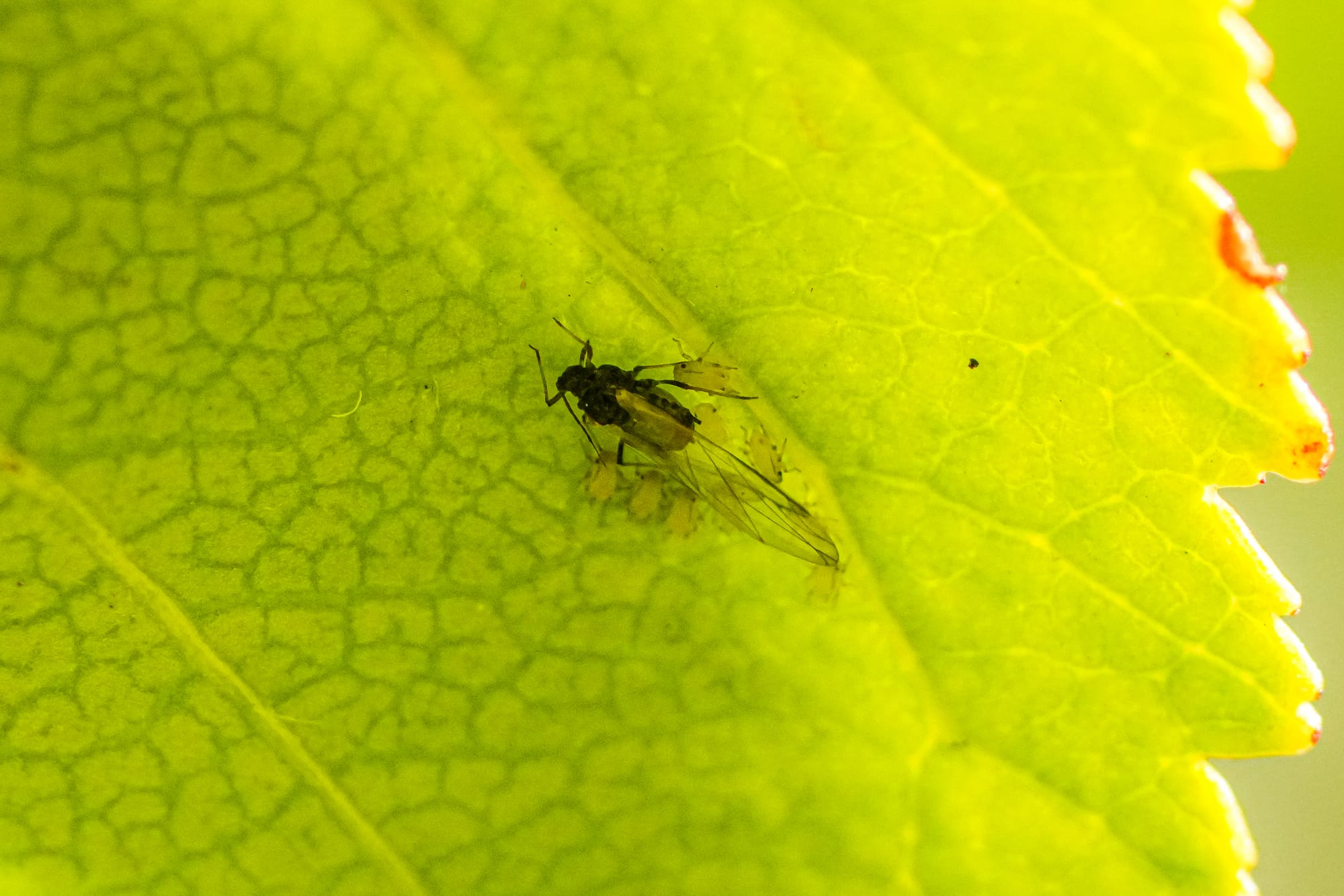
Again, timing is everything because aphids need ample supplies of nitrogen in order to produce these costly eggs. If an aphid lands on a leaf that is still green then all the nitrogen will be locked up in chlorophyll molecules, but if an aphid lands on a leaf that has turned red and been emptied of nutrients then it will be too late.
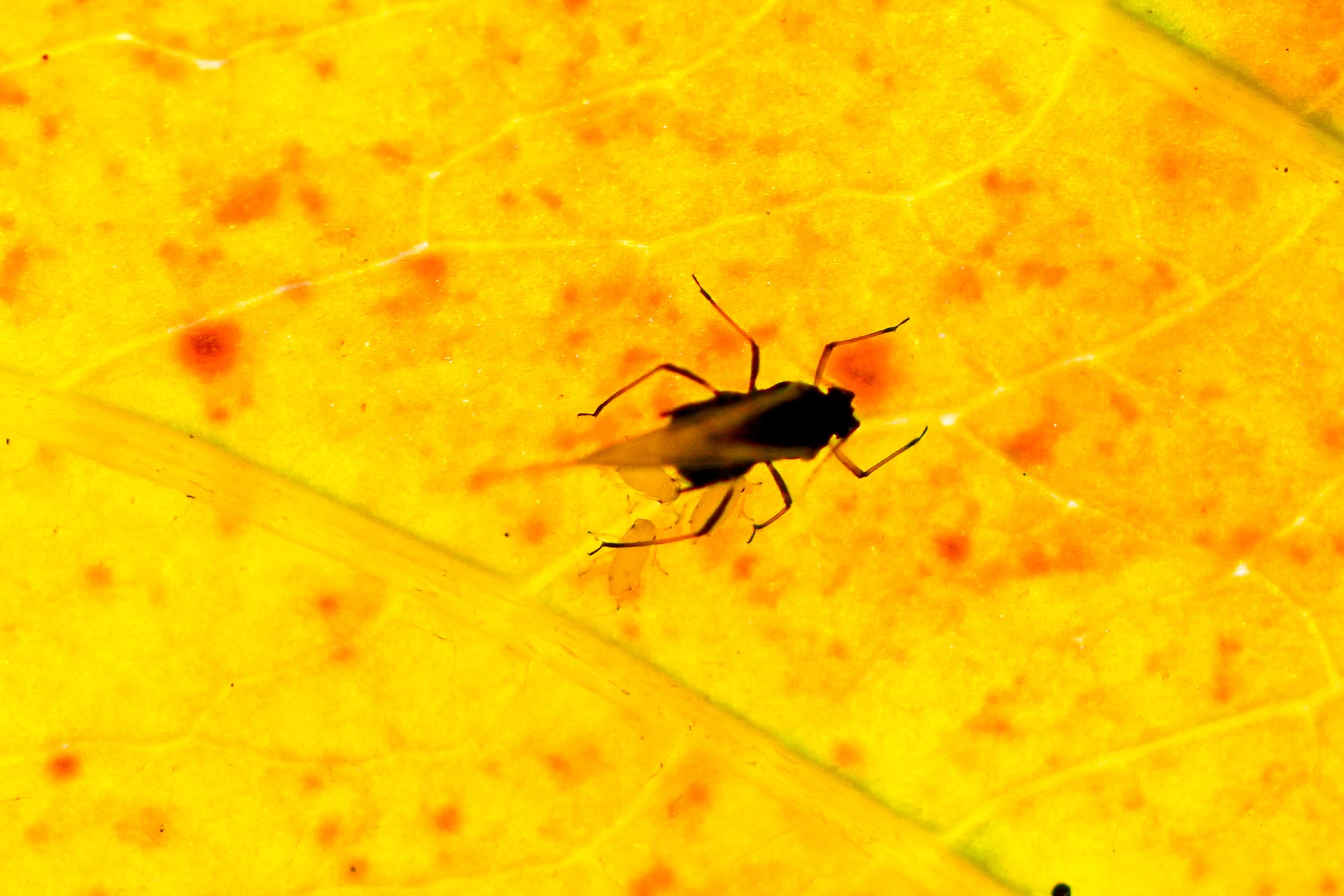

The Story
Living things don't usually turn beautiful colors as they die, but the flaming yellows, oranges, and reds of deciduous trees are an intriguing exception. Even more surprising, trees increase their metabolic rates and use a considerable amount of energy to turn color, so it makes sense that bright colors must benefit trees in some way.
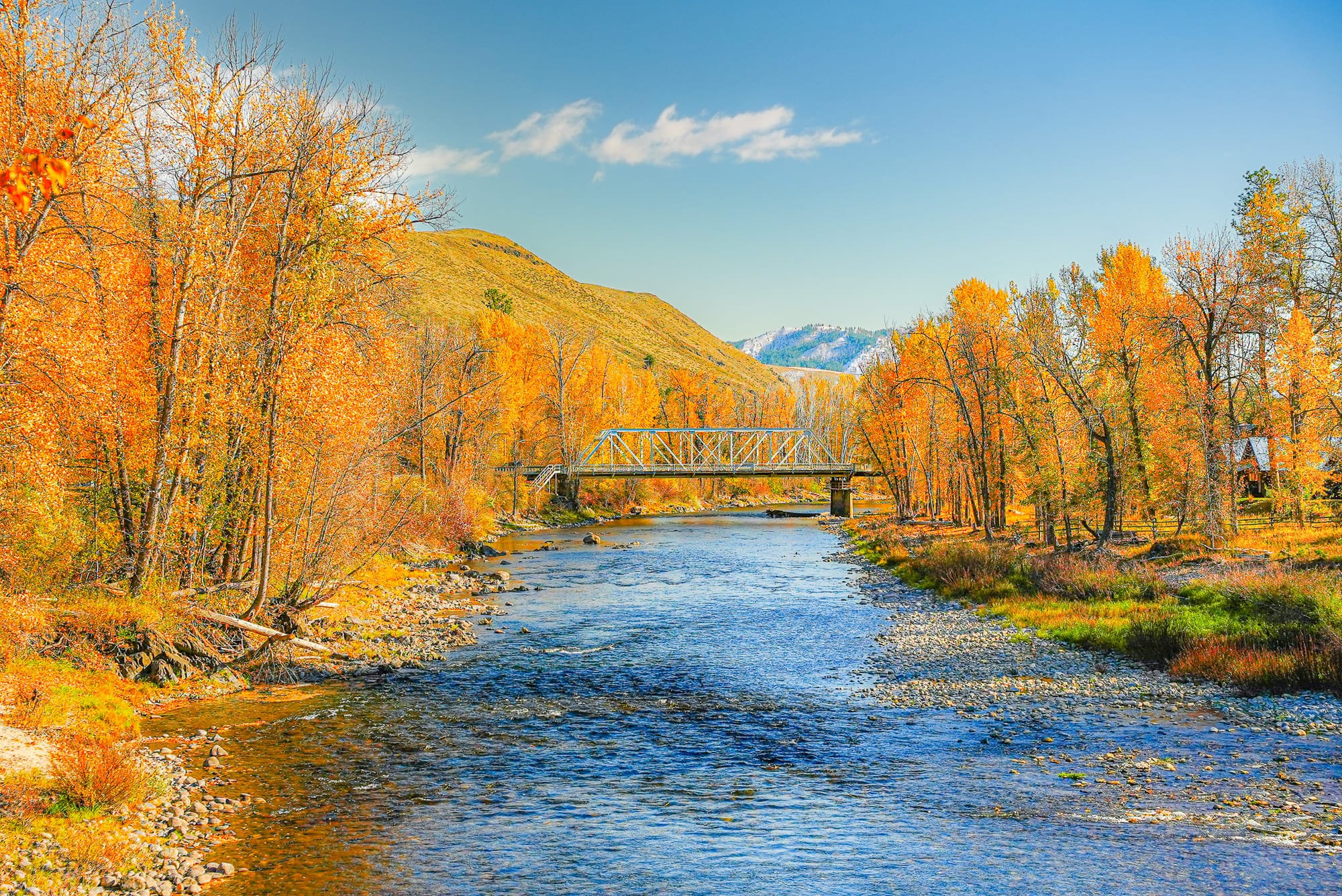
In 2001, Hamilton and Brown proposed that trees turn color in the fall because this is when aphids are flying around looking for places to land, and trees might produce bright colors as a way of honestly signaling that they are well defended against aphids. This provocative proposal set off a firestorm within the scientific community, with over 80 papers published on this topic within a decade and still no conclusion on what's going on.
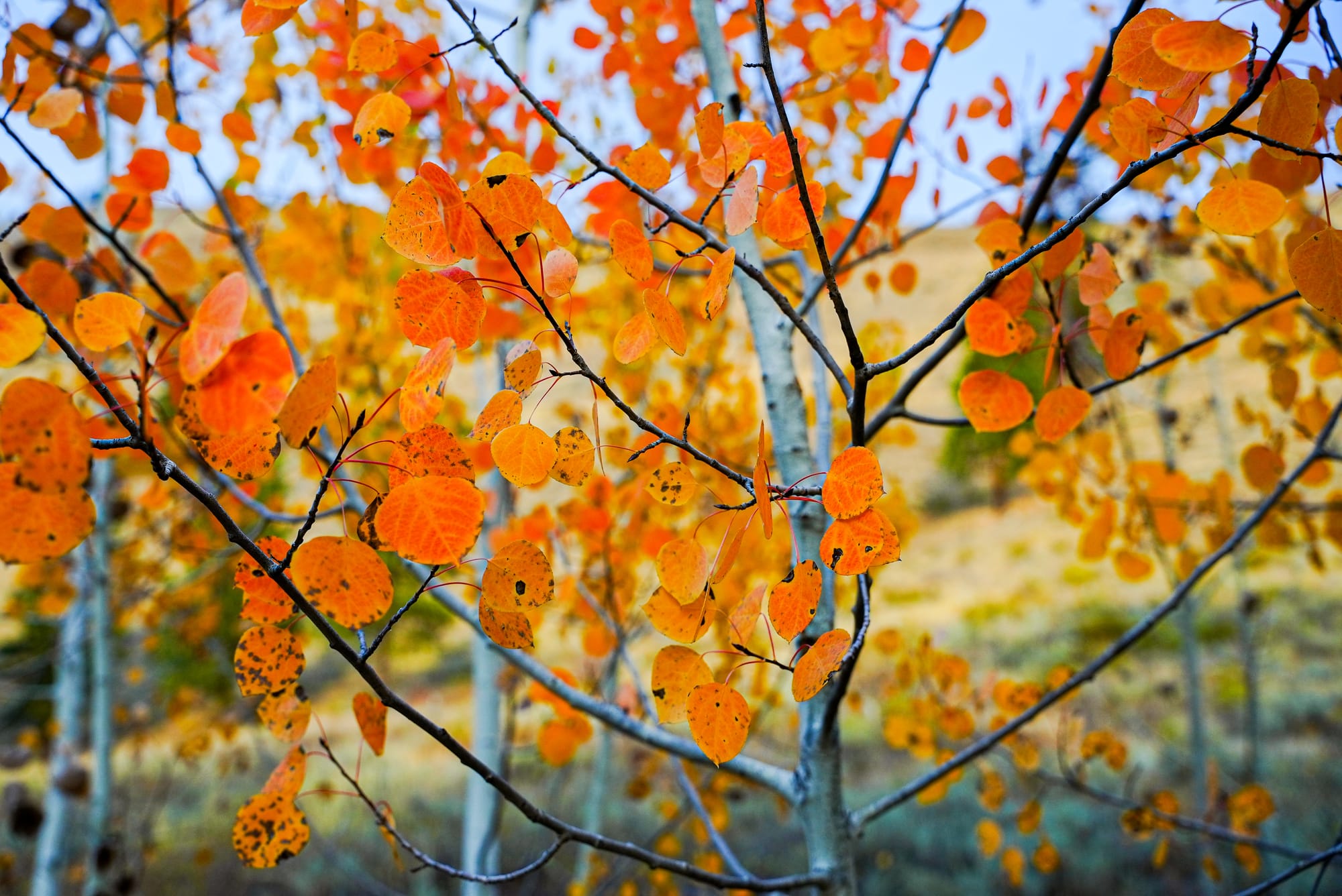
What scientists have discovered is that aphids are most attracted to bright yellow. These are the colors revealed as a leaf begins to break down its green chlorophyll molecules, which signals to aphids that nitrogen has been mobilized and is being moved in sap that aphids can easily access.
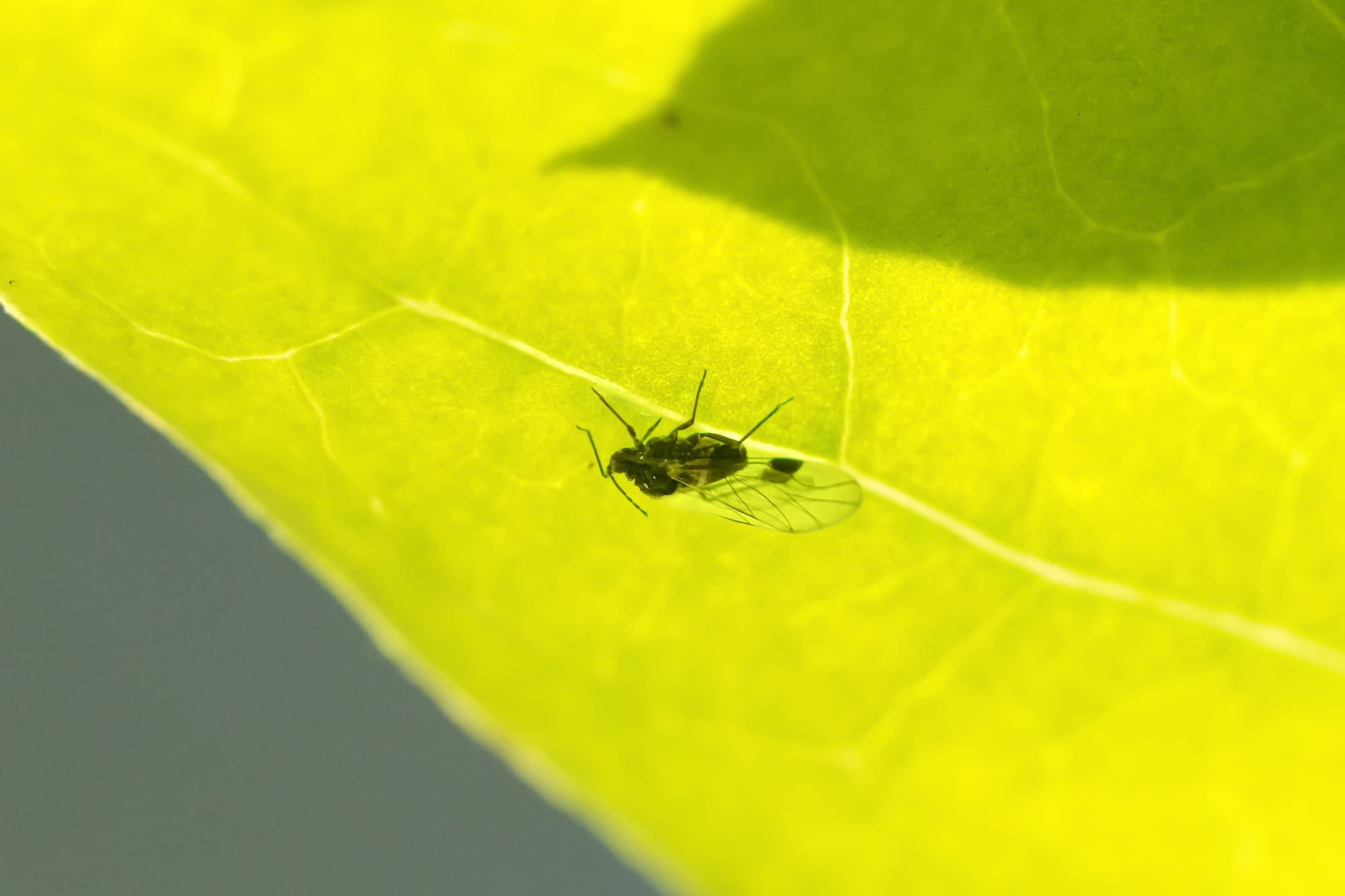
Contrary to Hamilton and Brown's original argument, red leaves don't begin appearing until nutrients are mostly gone, so aphids avoid red leaves for that reason rather than seeing red as a signal of a robust defense.
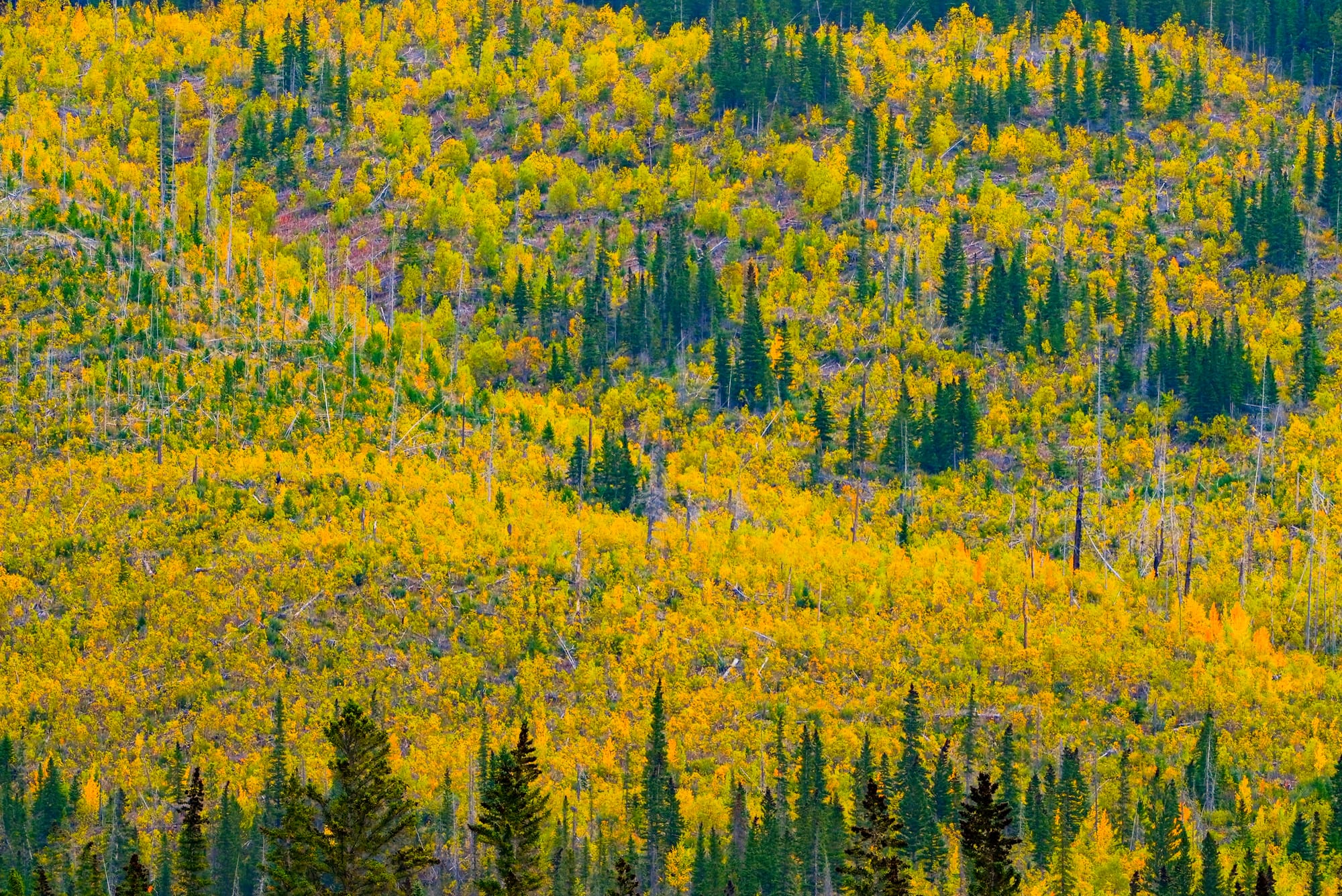
No one is sure why trees turn bright yellow if yellow is the color that attracts the most aphids, however one fascinating hypothesis is that certain types of aphids (the myrmecophilous specialist aphids) are tended and guarded by ants in the summer. Ant guardians will attack and kill, or repel, other harmful aphids and herbivores and it's clear that plants benefit from these interactions. So, it's possible that if a tree invites aphids to lay eggs in the fall it will end up with more ants in the spring and then have a better chance of avoiding attacks during the growing season.
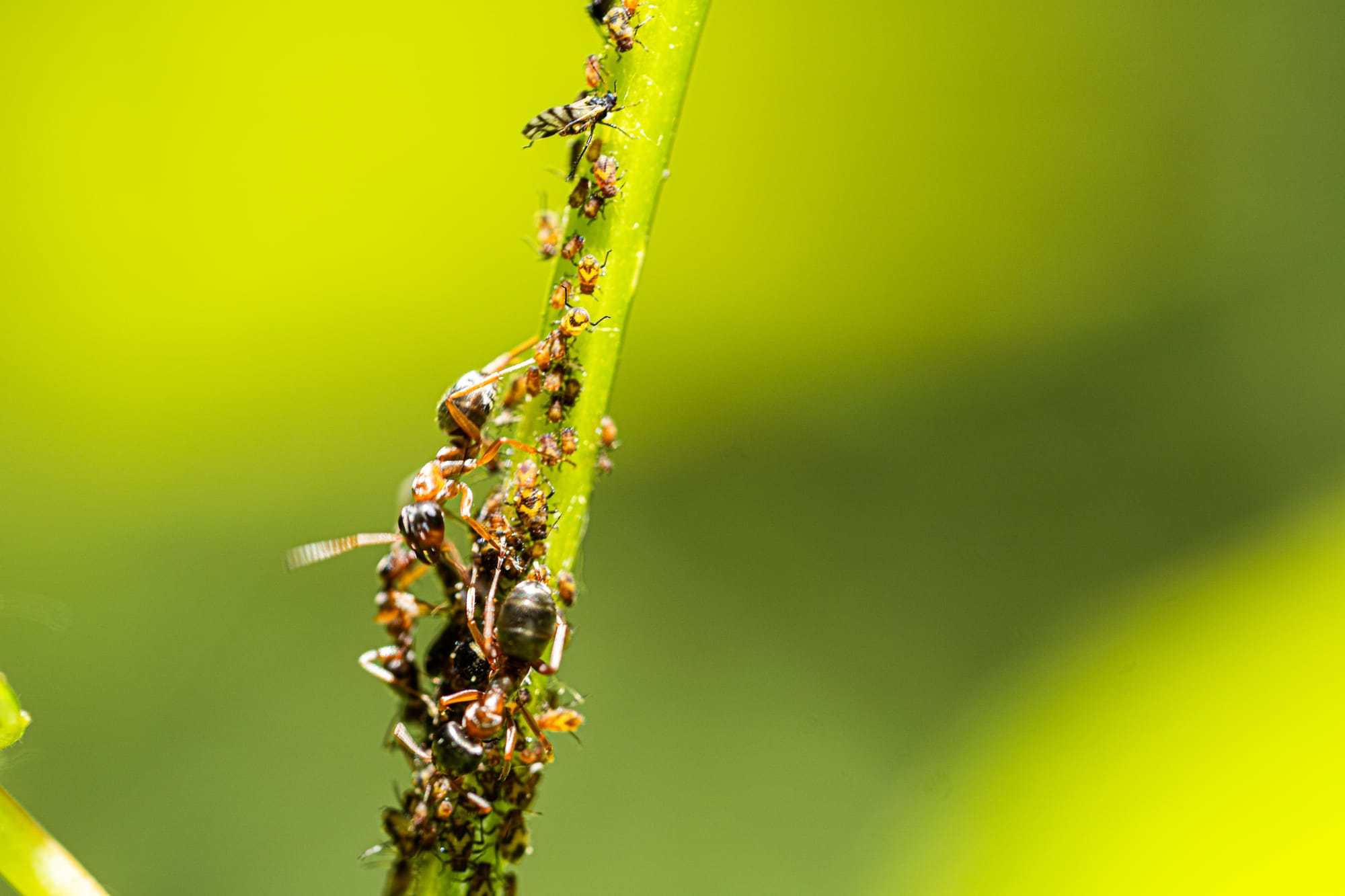
There are many more strands to this story, as well as a vigorous, ongoing, and confusing debate. For example, some trees (like alders) drop their leaves while they're still green, perhaps because alders produce their own nitrogen and don't need to protect their limited nitrogen with bright colors. And it's believed that trees in areas covered by Ice Age glaciers (like most of northern Europe) might have lost the ability (or need?) to turn red because all the aphids were killed for hundreds of thousands of years.
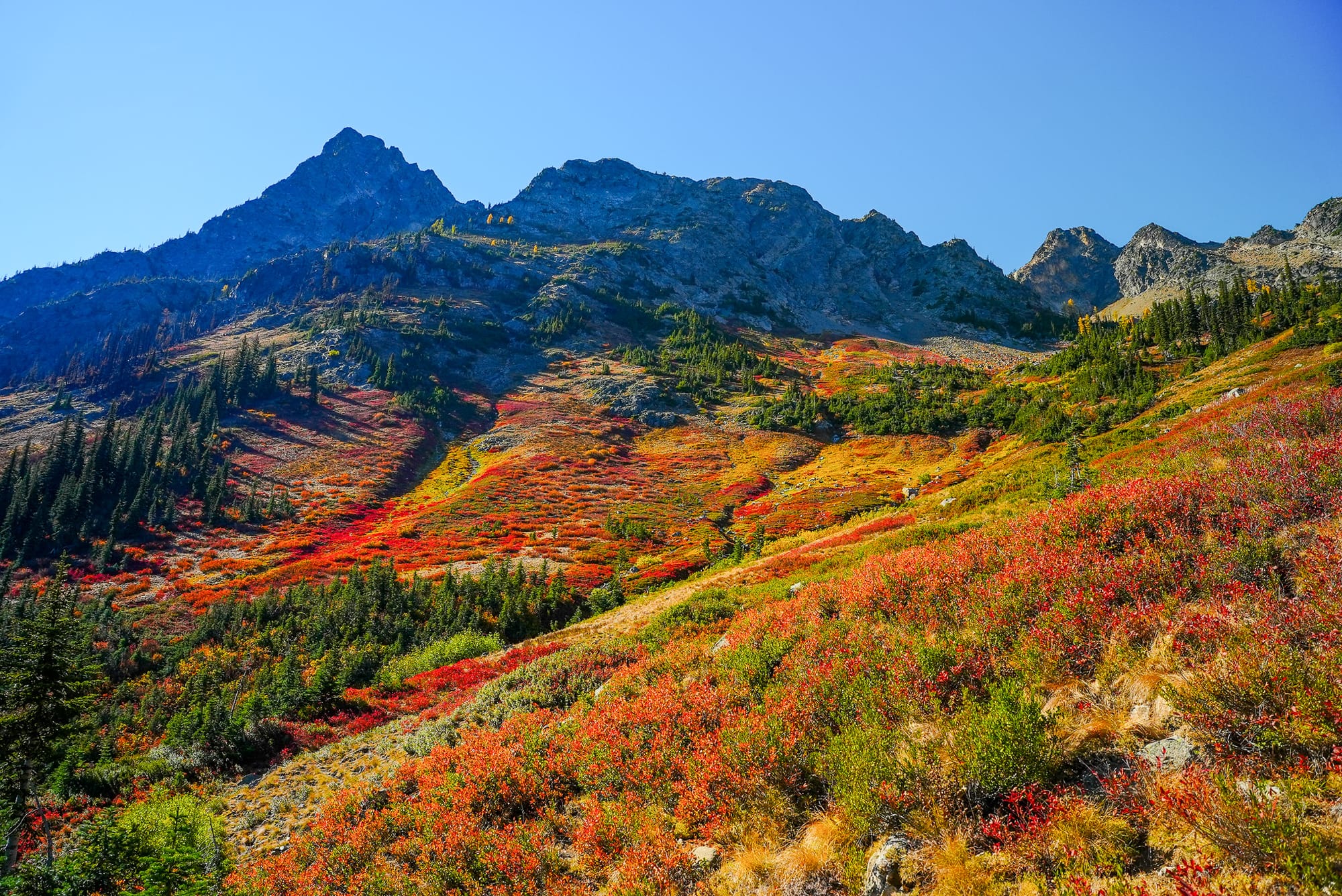
Even if we still don't understand the full story, it's fascinating to think of autumn colors as signals that aphids respond to—either avoiding or being attracted to different colors for different reasons.

Member discussion